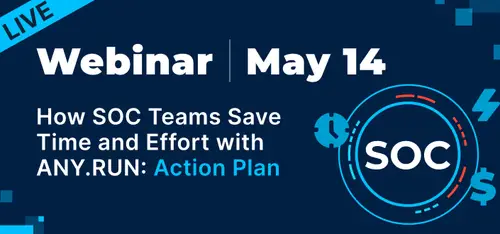In the rapidly evolving digital age, web application security has become a cornerstone of IT strategies across industries. As cyber threats grow more sophisticated, the necessity of robust security measures has intensified, particularly for web applications running on Linux-based servers like Debian. This guide aims to explore the depths of web application security, focusing particularly on how to fortify applications hosted on Debian servers.
Understanding the Risks
Web applications are frequently targeted by cybercriminals due to their accessibility and the valuable data they often process. Recognizing common vulnerabilities is the first step in defense:
Common Web Application Vulnerabilities
- SQL Injection: Malicious SQL statements are inserted into an entry field, allowing attackers to manipulate databases.
- Cross-site Scripting (XSS): Malicious scripts are injected into websites viewed by other users, hijacking user sessions or defacing websites.
- Cross-site Request Forgery (CSRF): Users are tricked into performing actions they did not intend, typically in web applications where they are authenticated.
- Security Misconfiguration: Poorly configured permissions, outdated software, and default settings can leave applications vulnerable.
- Sensitive Data Exposure: Inadequate protection of sensitive data like passwords, credit card numbers, and personal information can lead to breaches.
Specific Challenges on Debian Servers
Debian’s popularity and extensive use in server environments make it a prime target for attacks. Specific challenges include managing the complex dependencies of package management and maintaining security with frequent updates.
Debian Server Configuration for Security
Securing a Debian server involves multiple layers of defense, from initial setup to ongoing management.
Initial Server Setup
- Securing SSH Access: Change the default SSH port, disable root login, and use key-based authentication.
- System Updates and Patches: Regularly update all installed packages to protect against vulnerabilities with
apt-get updateandapt-get upgrade. - User and Permission Management: Limit user permissions using the principle of least privilege.
Installing and Configuring Firewalls
- Uncomplicated Firewall (UFW): A user-friendly interface for managing firewall rules in Debian. It simplifies the process of configuring iptables.
- Advanced Configurations with Iptables: For those requiring more granular control, iptables offers detailed rule sets that can secure deeper server operations.
Securing the Web Server
Choosing a web server like Apache or Nginx and securing it properly is crucial.
Securing Apache/Nginx
- SSL/TLS Configuration: Implement SSL/TLS to secure data transmissions. Use tools like Let’s Encrypt for free SSL certificates.
- Security Modules: Utilize modules such as ModSecurity for Apache which provides a robust web application firewall to block common exploits.
- Permissions: Proper file and directory permissions prevent unauthorized access or modifications.
Server-Side Scripting and Execution
- PHP Configuration: Disable functions that allow command execution, such as
exec(), and use the Suhosin patch for added security.
Database Security
Securing your database is as crucial as securing your web server.
Secure MySQL/MariaDB Installation
- Installation Practices: Run
mysql_secure_installationto remove defaults and secure database access. - Privileges: Assign minimal privileges needed for database users.
- Connection Encryption: Use SSL to encrypt connections between the database and web applications.
Application-Level Security Measures
At the application level, coding practices play a pivotal role.
Secure Coding Practices
- Input Validation and Sanitization: Ensure all user input is validated and sanitized to prevent SQL injection and XSS attacks.
- Error Handling and Logging: Configure error handling to avoid revealing too much information and keep detailed logs for security audits.
Session Management
- Cookie Handling: Use secure and HttpOnly flags to protect cookies.
- HTTPS: Enforce HTTPS on all pages to secure user data in transit.
Web Application Firewalls (WAFs)
- Introduction to WAFs: Discuss the use of tools like OWASP ModSecurity Core Rule Set which provides a set of generic attack detection rules for use with ModSecurity or compatible web application firewalls.
Regular Maintenance and Monitoring
The security of web applications is not a one-time setup but a continuous process.
- Updates and Patches: Regularly update the software and patch any known vulnerabilities.
- Security Audits: Conduct regular security audits and penetration testing to find and fix security issues.
- Monitoring Tools: Implement tools like log analyzers and intrusion detection systems to monitor and respond to potential security threats in real time.
Best Practices and Further Resources
In conclusion, securing web applications on Debian servers requires a layered approach encompassing server setup, application development, and regular maintenance. For those seeking to deepen their knowledge, resources such as OWASP guidelines, security-focused forums, and advanced training courses are invaluable.
Conclusion
By adhering to these practices, organizations can shield themselves from the majority of web threats. Security is an ongoing journey—a commitment to continually adapting and improving defenses in response to an ever-changing threat landscape.


